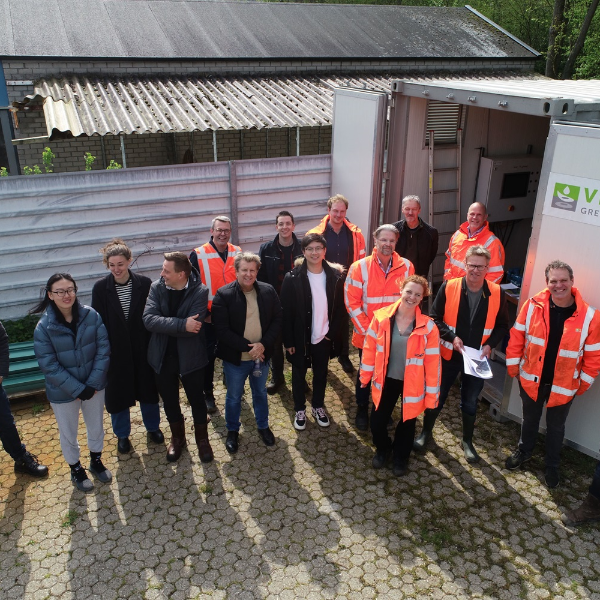PFASs approach with alternatives to activated carbon

PFASs approach with alternatives to activated carbon
How to remove PFASs from groundwater most efficiently? Witteveen+Bos investigated this at a Doetinchem industrial site using three adsorbents. The outcome of the pilot project was that these process substances are a good alternative to activated carbon in terms of removal capacity and process costs.
At this site, a prolonged leakage of firefighting foam was found to have occurred in 2020. This caused perfluoroalkyl and polyfluoroalkyl substances (PFASs) to be released into the soil and groundwater. Activated carbon is widely used adsorbent that can be used to remove PFASs. However, the adsorption capacity is limited, and the saturated carbon must be burned.
This process requires the necessary energy, and there is a risk of incomplete combustion, resulting in PFASs still ending up in the environment. Hence a study of alternative process substances. The 2023-pilot included three promising alternatives: DEXSORB, FLUOROSORB and ZVZ-22. These adsorbents are produced from different materials and are still in various stages of development. The three adsorbents have higher PFASs removal capacities than activated carbon. Each adsorbent has its advantages and disadvantages, including in terms of waste produced and the capacity to regenerate. Given the varying stages of development of the adsorbents, studies are still ongoing to optimise these functionalities, such as the adequate removal of short-chain PFASs.
More information?
